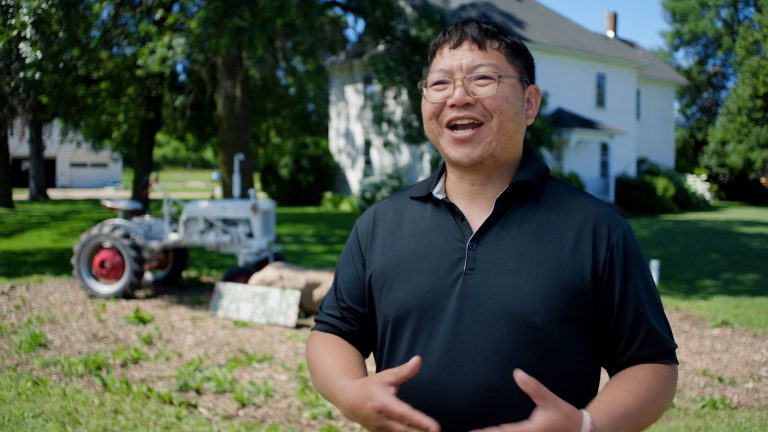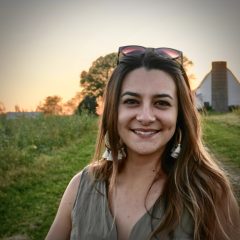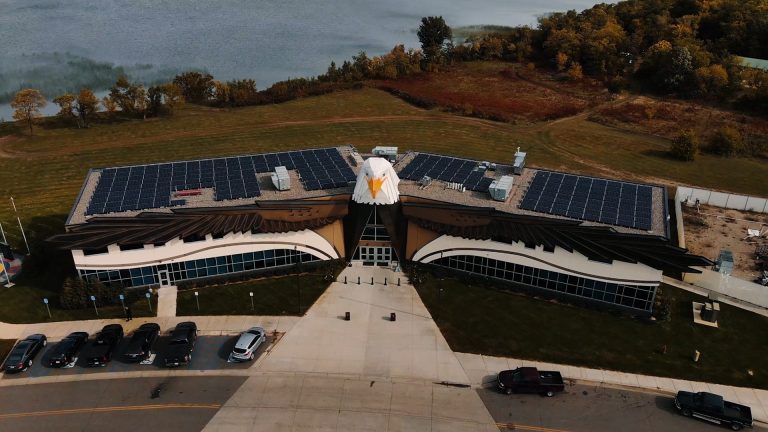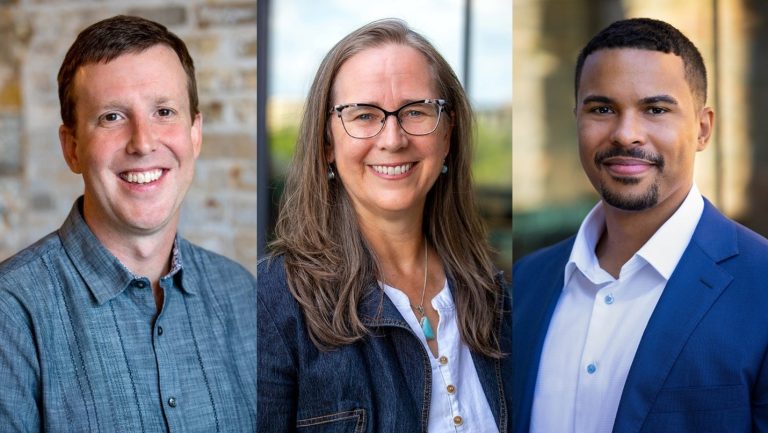If you ask climate scientist Katharine Hayhoe, climate change isn’t just a problem for polar bears or future generations anymore—it’s affecting us all, here and now. Not only that, but the choices we make today will have a profound impact on our future—and we all have a role to play. Luckily, she says, we don’t all need to be climate scientists. But we do need to get comfortable talking about climate.
How do we make progress on climate when we seem so divided, viewing each other as enemies rather than fellow humans? It ends up we agree on a lot more than we think. The key is having the right conversations to build bridges rather than digging trenches.
McKnight president Tonya Allen moderated a Westminster Town Hall Forum with Katharine Hayhoe about how we can effectively communicate across ideological and political differences to move the needle on climate change—while also remaining hopeful.
Highlights from the Westminster Forum, which was also part of The Great Northern Festival, are included below. The interview has been edited for length and clarity. You can also watch the full event recording.
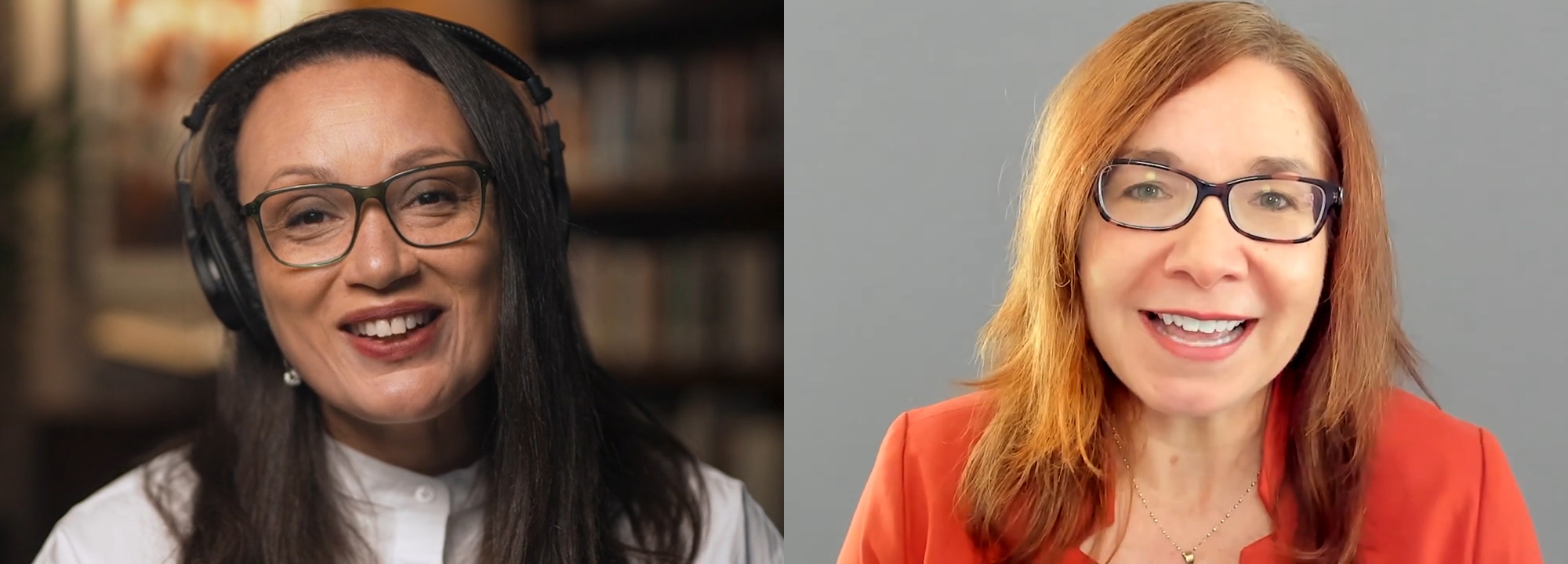
TALK ABOUT IT
Tonya: Listener Hillary Lynch is wondering, who are the best messengers?
Katharine: You are the perfect person to do something about climate change. And the first step is talking about it. In the United States, 70% of people are already worried about climate change. 83% of mothers are worried. 86% of young people are worried. But only 8% of us are activated and doing anything about it. Why not? It’s because we don’t know what to do. We don’t know why it’s relevant to my life here and now, and we don’t know what to do to fix it.
“You are the perfect person to do something about climate change. And the first step is talking about it.”—KATHARINE HAYHOE, CHIEF SCIENTIST, THE NATURE CONSERVANCY
In Minnesota, 64% of people never talk about climate change. We might think, ‘I’m not a scientist’ or ‘I don’t want to start an argument’ or ‘I don’t know what to do about it, so talking about it is just going to be depressing.’ But I’m only asking you to talk about why it matters and what we can do about it. And what does that accomplish? Your words can have more of an impact than you might imagine.
Actions begin with conversations, and so in turn, conversations underpin all climate actions. We take our cues about what’s important from what we hear from family, friends, colleagues, and neighbors. So when we have these conversations it’s the first step we can take to helping people understand why it matters and what we can do to fix it.
Talking engages us in something that is orders of magnitude bigger than our carbon footprint. It engages our climate shadow. Advocating for change at our school creates a much bigger impact than at our home. Advocating for change at a place of work can have an impact one hundred times bigger than in my personal life. It’s not just about changing my individual lifestyle, it’s about changing the world, about changing the system. Change begins with a conversation today. And if you are not the trusted messenger to a particular group, who is?
“If we can come together on climate change, which has for a decade been the most politically polarized issue in the United States, what else might we be able to come together on?”—KATHARINE HAYHOE, CHIEF SCIENTIST, THE NATURE CONSERVANCY
Tonya: What’s the language and the approach needed to actually solve this problem?
Katharine: Today is a time when we need desperately to be building bridges, not digging trenches. If we can come together on climate change, which has for a decade been the most politically polarized issue in the United States, what else might we be able to come together on? If we begin our conversations with something we agree on and have in common, and then we connect the dots to something we care about, and then we bring in practical, positive solutions that we can engage in to see that it really can be fixed—that’s when we have amazing conversations.
WHAT NOT TO DO
Tonya: Are there things we’re doing that are counterproductive that we should stop doing?
Katharine: Yes. Dumping a lot of fear-based facts on people is unproductive. We know that facts and fear don’t move people. The majority of people care about climate change, but only 8% are activated and doing something about it. Fear and anxiety cause us to freeze, to give up, rather than take action. We need to tackle the two problems that are really holding us back: We don’t understand how it impacts us, and we don’t know what to do about it. We also should not try to start a conversation with the 10% of people that don’t agree with us. So scaring people or focusing on what divides us—we should stop that.
Last, when we see the world changing we try to control the situation. We might make some changes in our own lives, but then we guilt or shame others for not doing more. We have to remember that we’re not out to change people and their behaviors, we need to change the systems that they rely on.
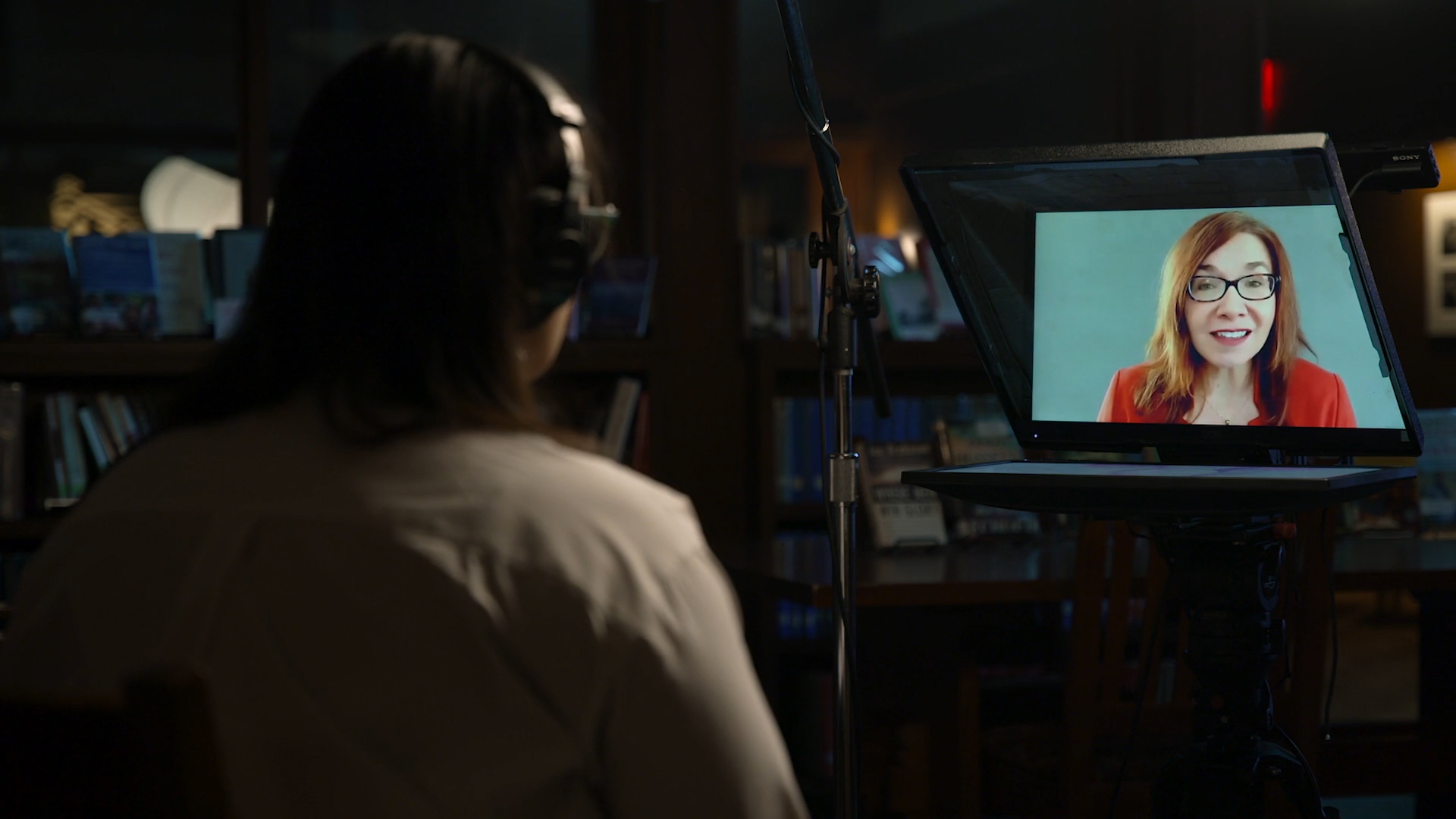
CARING FOR CREATION
Tonya: Many people are driven by faith. I know you are a woman of faith and that it helped you come to this issue of climate and care for the planet. Can you share more about that?
Katharine: The Bible says that humans have a responsibility to care for everything on the planet—plants, animals, and humans—and I also believe that we are to be recognized—in the words of Jesus—by our love for others. How different would the world look if Christians were recognized by love? And what is a failure to act on climate other than a failure to love? The reason I’m a climate scientist is because I’m a Christian. Just about every major world religion has traditions of caring for creation and caring for those less fortunate than us. There are groups like Interfaith Power and Light active in Minnesota that can help people connect their faith to climate. More broadly it’s about engaging our hearts, not just our heads. Then we need to connect it to our hands so we can act.
WHAT GIVES YOU HOPE?
Tonya: One of our viewers, Pat Collins from Lindstrom, MN—a 7th grade life sciences teacher—is wondering for his students about what gives you hope?
Katharine: You are not alone. The biggest question I get from all over the world is, ‘What gives you hope?’ We need hope when things are bad. We need hope when things are going to get worse. We need hope when the only way we’re going to ensure a better future is if we do everything we can and then some. Rational hope says, ‘It’s bad, but it could be worse, but if we do everything we can then we can make a difference.’
Hope begins with understanding that we can do something, that the giant boulder of climate action is not starting at the bottom of the hill with no hands on it. That giant boulder is at the top of the hill and it’s already rolling down the hill in the right direction, it just isn’t going fast enough. What makes it go faster is when we add our hands and when we encourage others to add theirs. Action gives us hope—the antidote to despair is action.
“Action gives us hope—the antidote to despair is action.”—KATHARINE HAYHOE, CHIEF SCIENTIST, THE NATURE CONSERVANCY
One of the most hopeful things for me is looking at what young people are doing. There are the kids engaged in climate strikes, but there are also kids creating technology to charge cell phones with the wind and sun, there are kids advocating that their city council have a climate resiliency plan, there are kids suing federal governments in the United States, Canada, and Germany for their right to a better future. There are kids acting at every level to make a difference, and if they’re doing it, can’t we all do it?
Tonya: You give us hope. You help us see that solving the climate crisis isn’t just about science, it’s about hope, it’s about love, it’s about faith, it’s about action. And it’s about us. That’s what you brought to this conversation. We can do it together and we can bring our full selves to solve this problem. I want to thank you for your inspiring words and work that are making this a worthwhile moment for all of us to be alive as we move the needle on this important issue.
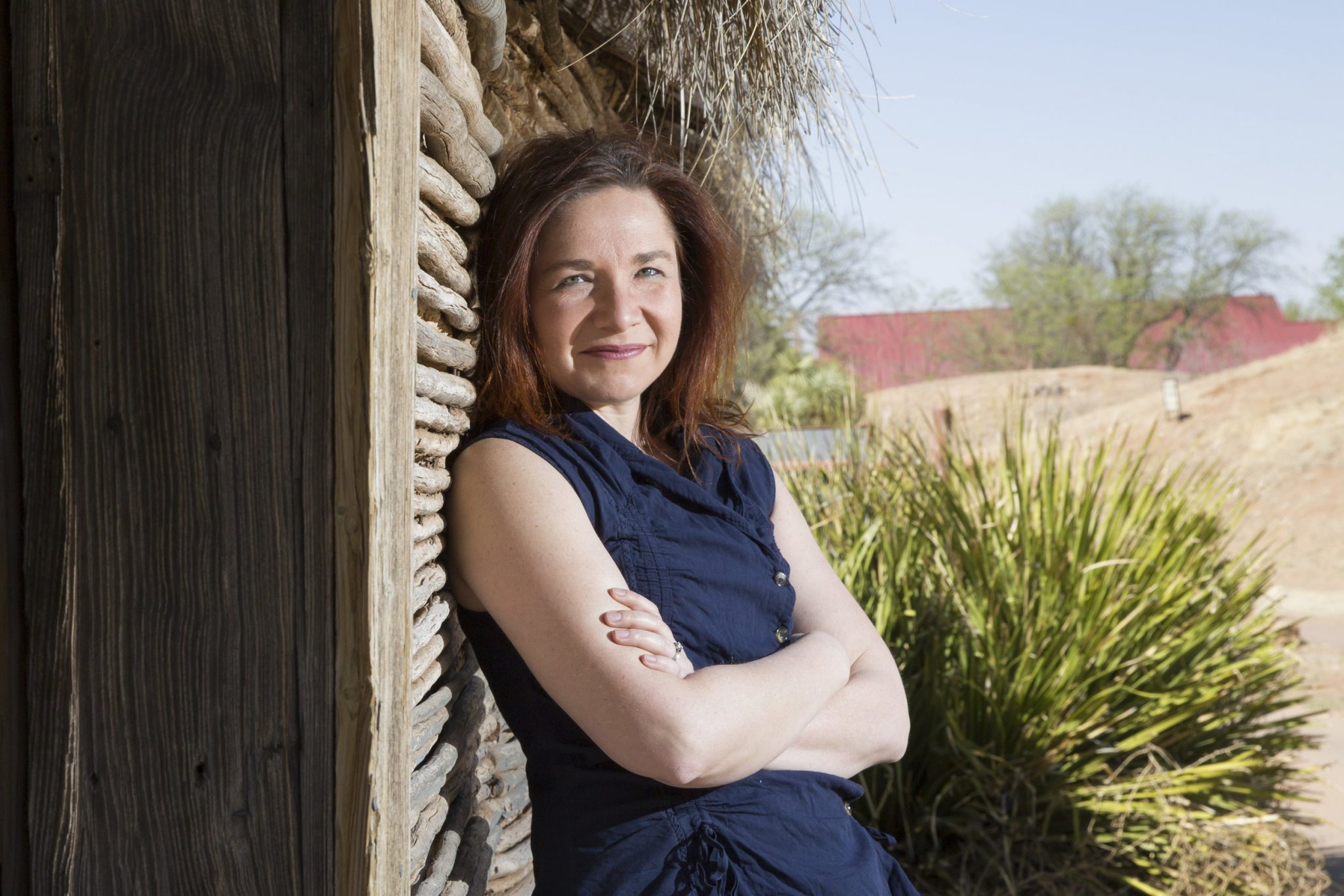
About Katharine Hayhoe: Katharine Hayhoe is the chief scientist for The Nature Conservancy, where she oversees their global climate advocacy and adaptation work. She has served as lead author on the Second, Third, and Fourth National Climate Assessments. Her new book, Saving Us: A Climate Scientist’s Case for Hope and Healing in a Divided World, is a candid look at the science of climate change and what can be done about it.
